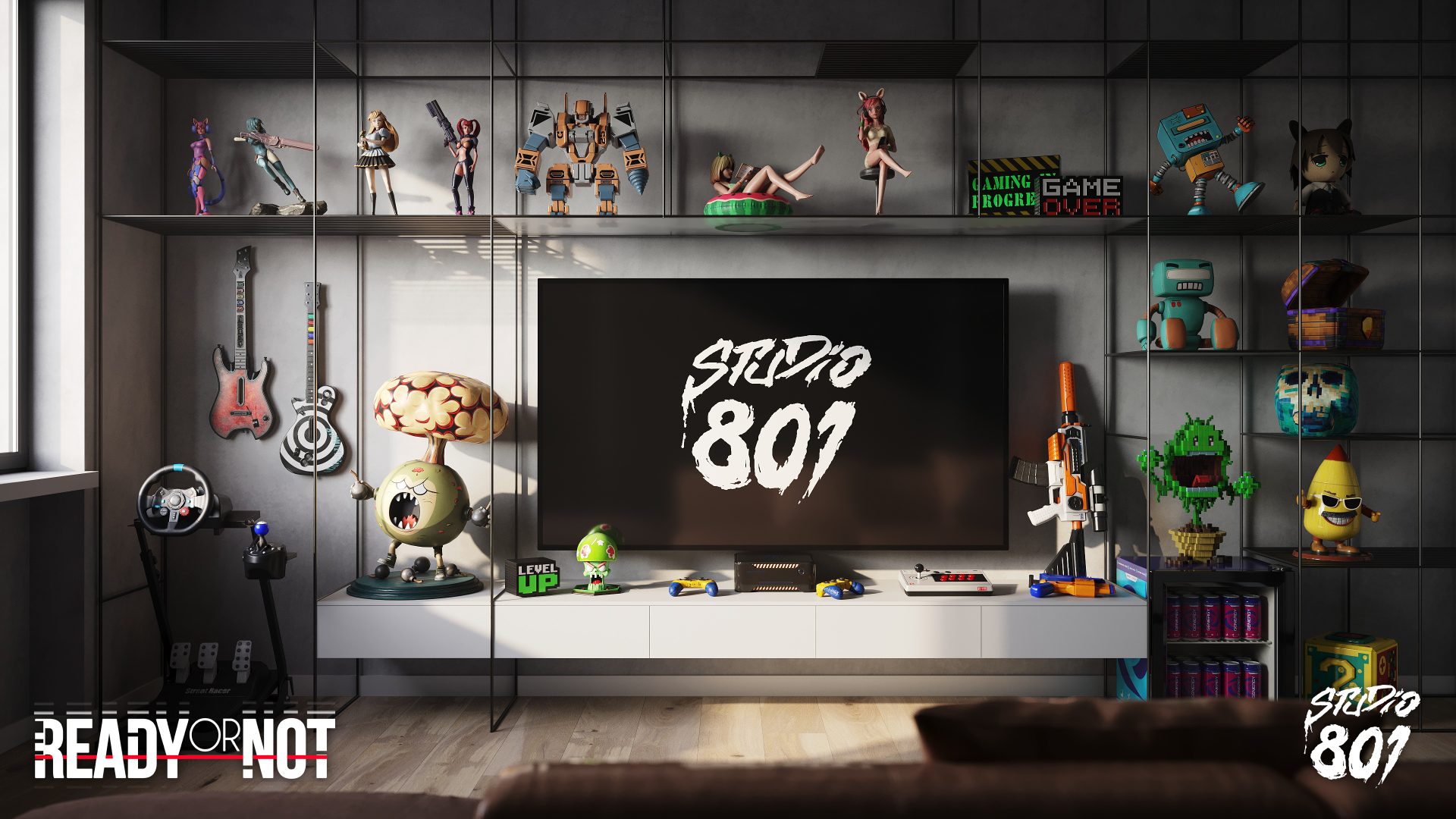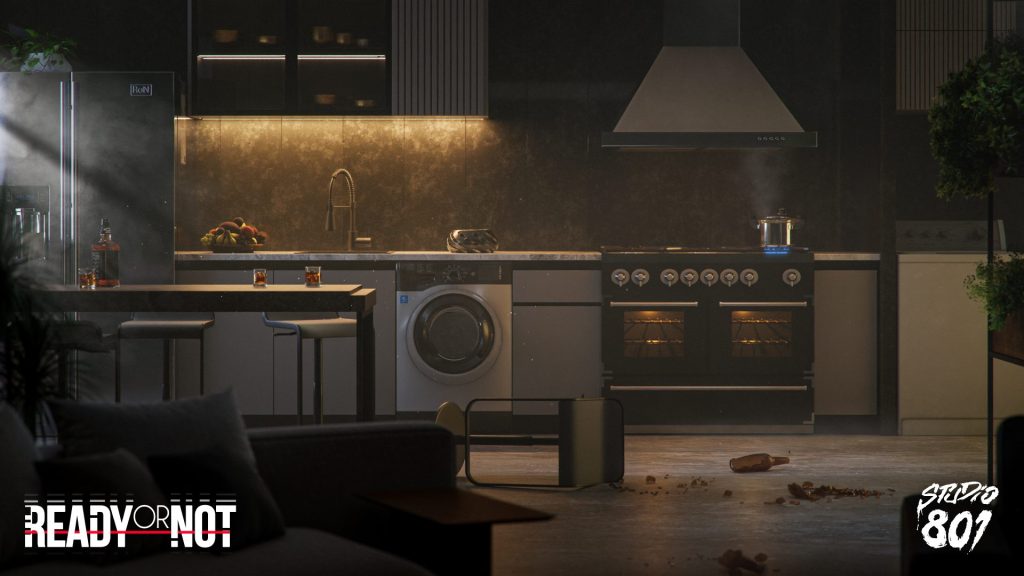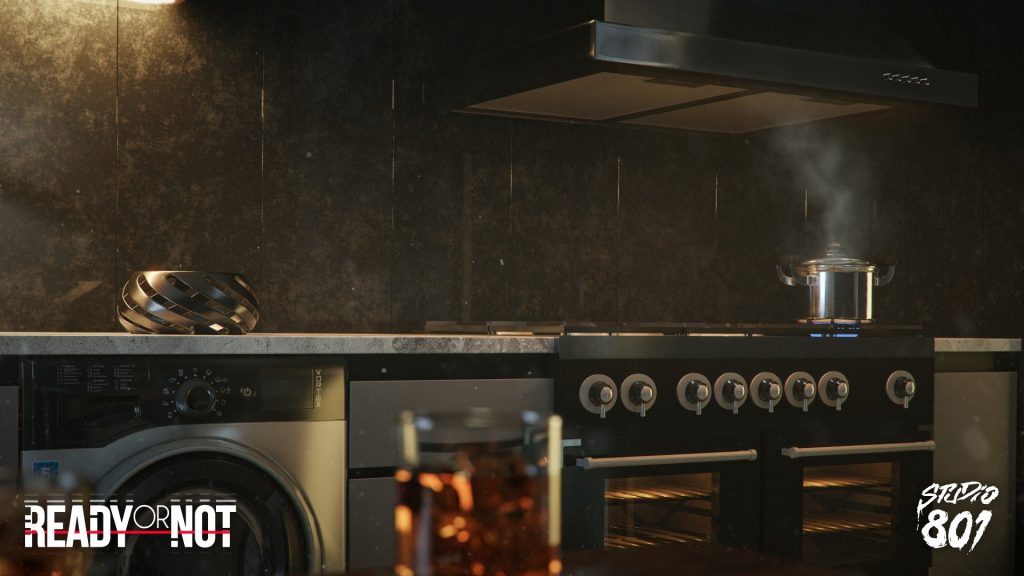Immersive Game Environments: The Balance of Art and Optimization

You may create the coolest character design, the most innovative gameplay mechanics, an epic story, but if the world around it isn’t compelling, your game is going to fall flat. We’ve seen it time and time again — the most immersive, engaging games are the ones where the environments just suck you in.
Balancing Visuals and Performance
Creating awesome game environments that balance mind-blowing visuals with optimized performance is both an art and a science. It requires a delicate touch with concept art and asset creation, combined with technical mastery of optimization techniques. Let us break it down for you:
First up, visuals. This is where our artists have to define the stylistic tone of the game world. Is it going to look photorealistic or more stylized? Understanding the overall visual language — the textures, lighting, materials, particles — is key.
At this point, it is time for applying those visual elements to establish different moods and themes. Using fog, atmospheric effects, and ambient lighting can create a sense of dream-like surrealism. Or the artists can leverage texture mapping and angles to depict the grand scale and visual chaos of an epic fantasy city.
Of course, the environment models themselves are vital too. Levels can be filled with foliage, water effects, atmospheric smoke — all the little details that make a place feel alive and lived-in. The skill in combining of art assets is what sells the visual identity.

Optimization Techniques
Creating visually stunning environments is crucial, but ensuring a smooth performance is equally vital. If players experience frame rate drops and stuttering, it ruins the sense of immersion. That’s why it is important to apply some techniques to balance eye-candy with efficient use of system resources.
Level of detail (LOD) streaming loads high-resolution assets up close and lower-res versions farther away, concentrating processing power where it matters most. Advanced material rendering like impostors and parallax mapping deliver high-fidelity visuals through clever tricks like 2D sprite impostors and displacement-mapped textures, reducing complex 3D geometry.
Occlusion culling prevents rendering objects outside the player’s view, while procedural world generation constructs vast landscapes on-the-fly instead of loading full pre-built worlds — both huge efficiency boosters. Perhaps most importantly, our artists leverage careful polygon budgeting and material usage to maximize visual quality within performance constraints. It’s all about squeezing every last drop of graphical fidelity from available computing power.
Achieving an uncompromising balance of visuals and fluidity is a delicate interplay of artistic skills and technical optimization know-how. But mastering these techniques allows us to construct rich, immersive game worlds that hypnotize players without any jarring hiccups, freezes, or visual compromises. It’s not just graphical eye-candy; it’s complete atmospheric presence.
Integrating Physical and Virtual Worlds

To really take environments to the next level, you can integrate physical and virtual world elements. Video capture and projection mapping allows to composite real-world imagery and use it as dynamic, integrated textures or backdrops. You can build physical sets and extend them into beautiful virtual realms using parallax effects.
Crafting Cohesive Worlds
It’s important to remember that the environments aren’t just static backgrounds — they’re entire worlds oozing with mood and distinct visual language. Maybe it’s the haunting emptiness of a deteriorating sci-fi colony. Or a cartoon world that breaks the rules of physics with crazy animations and effects.
No matter the style, your goal should be the creation of a cohesive and thematic experience that immerses players completely. Let the environmental world become more than just a pretty background — think of it as it’s the entire stage for the game’s narrative and tone.
So if you want players to get lost in your game for hours on end, you’d better make sure the environments are on point! If you are a team or know a team that could make use of the support of an excellent studio, you can contact us via our website or email us via info@studio-801.com. For our other interesting articles you can find those on our news page. We recommend checking out our article on game enviroment design ad how to best optimize them.




